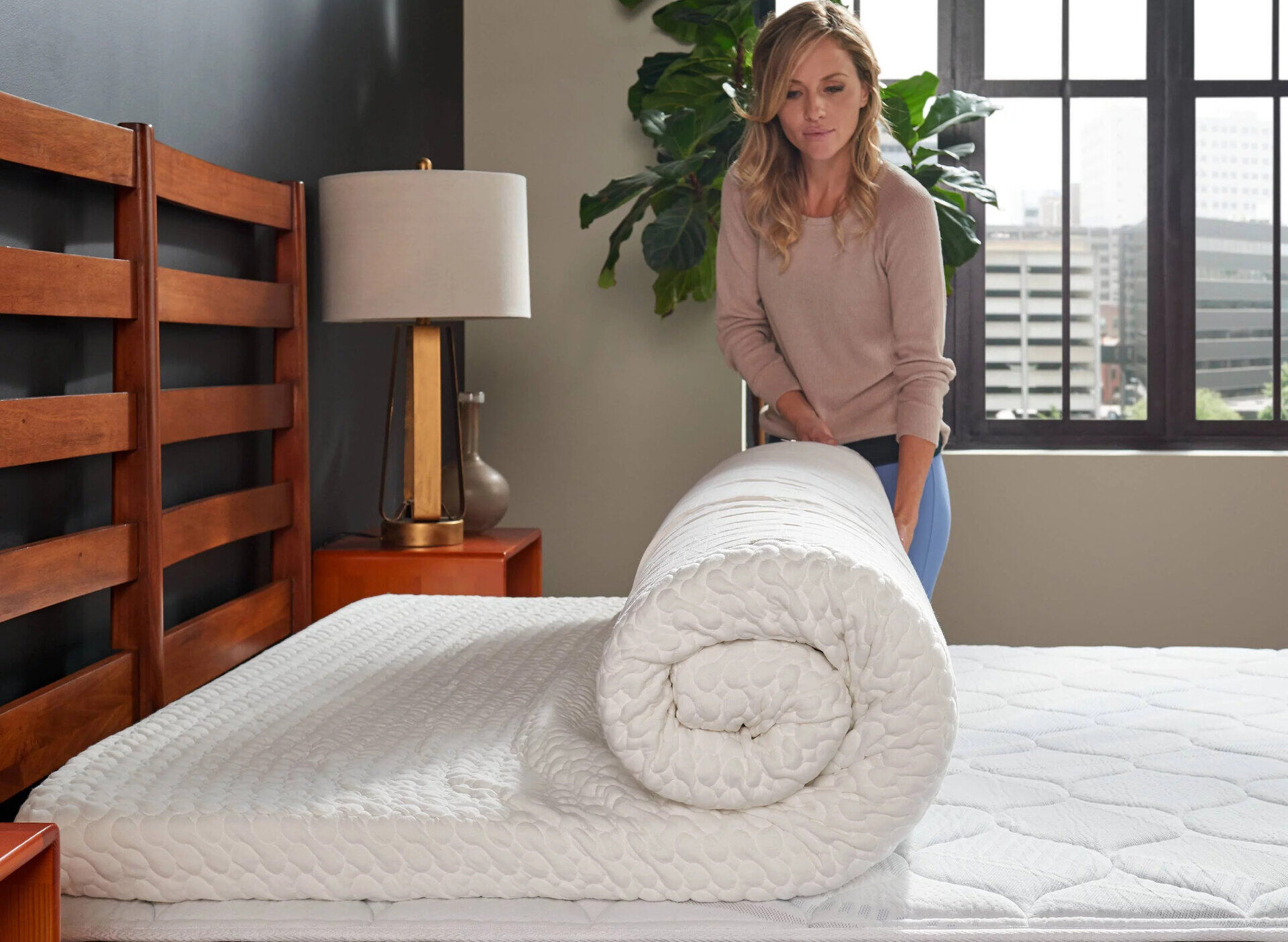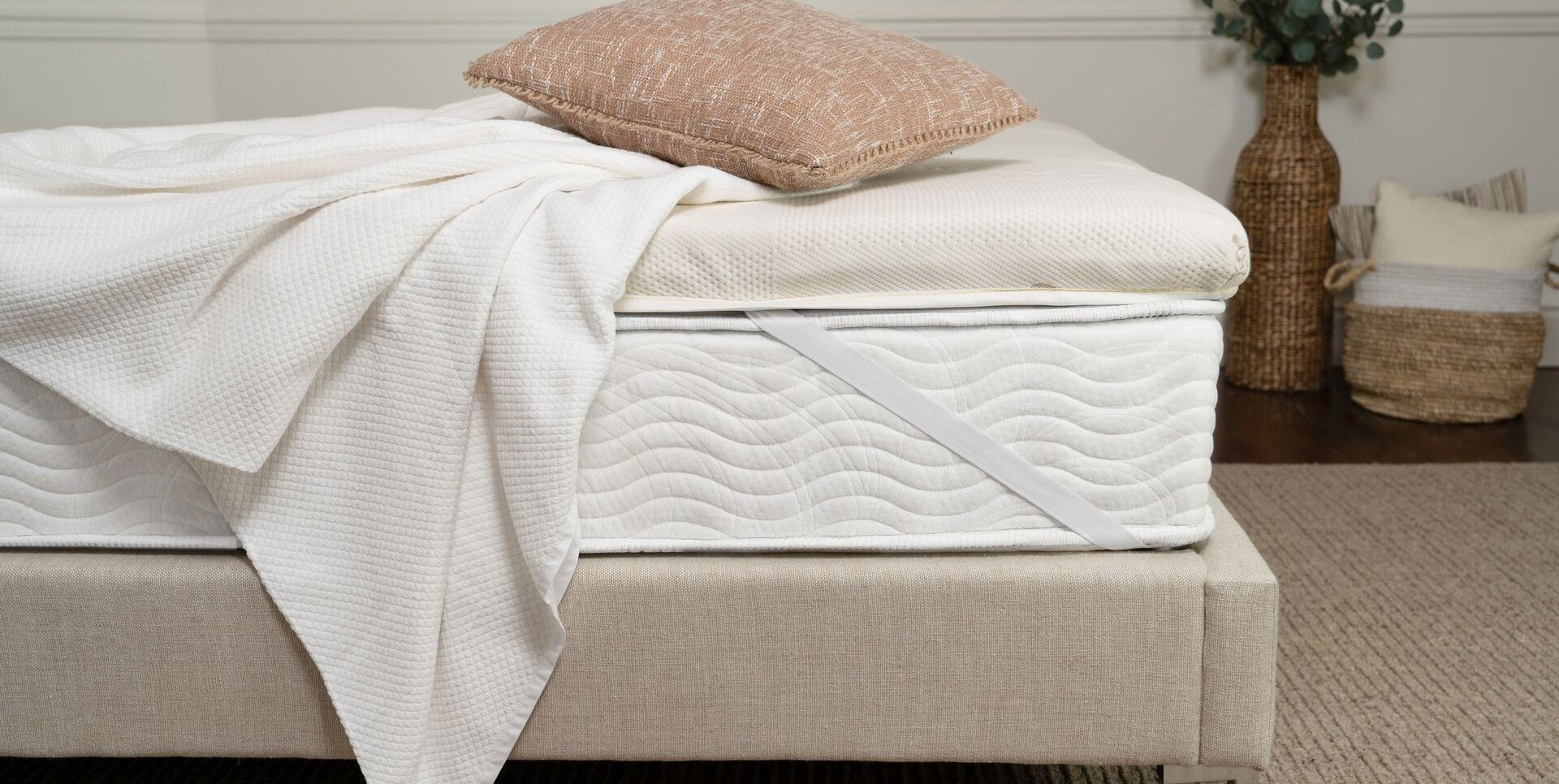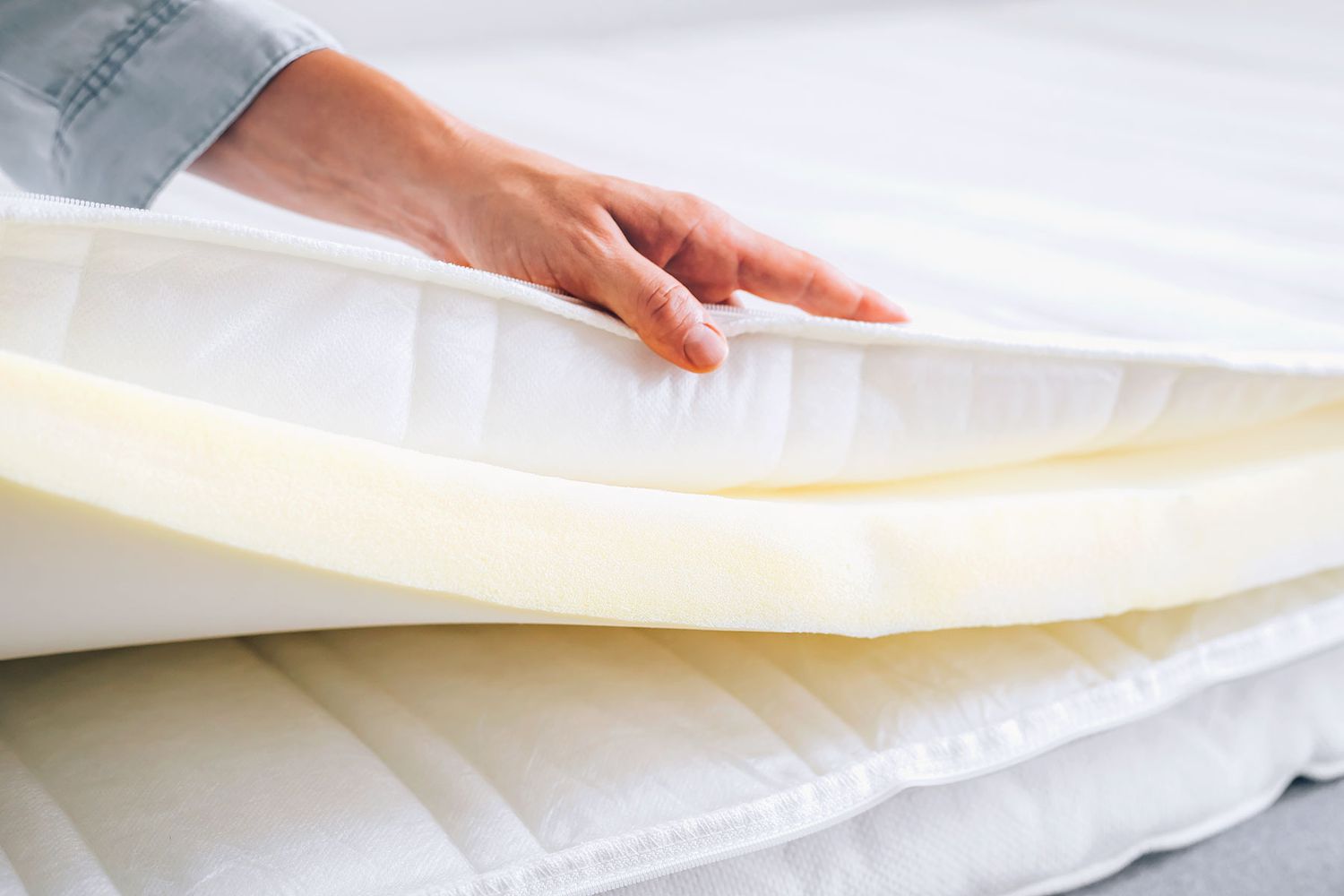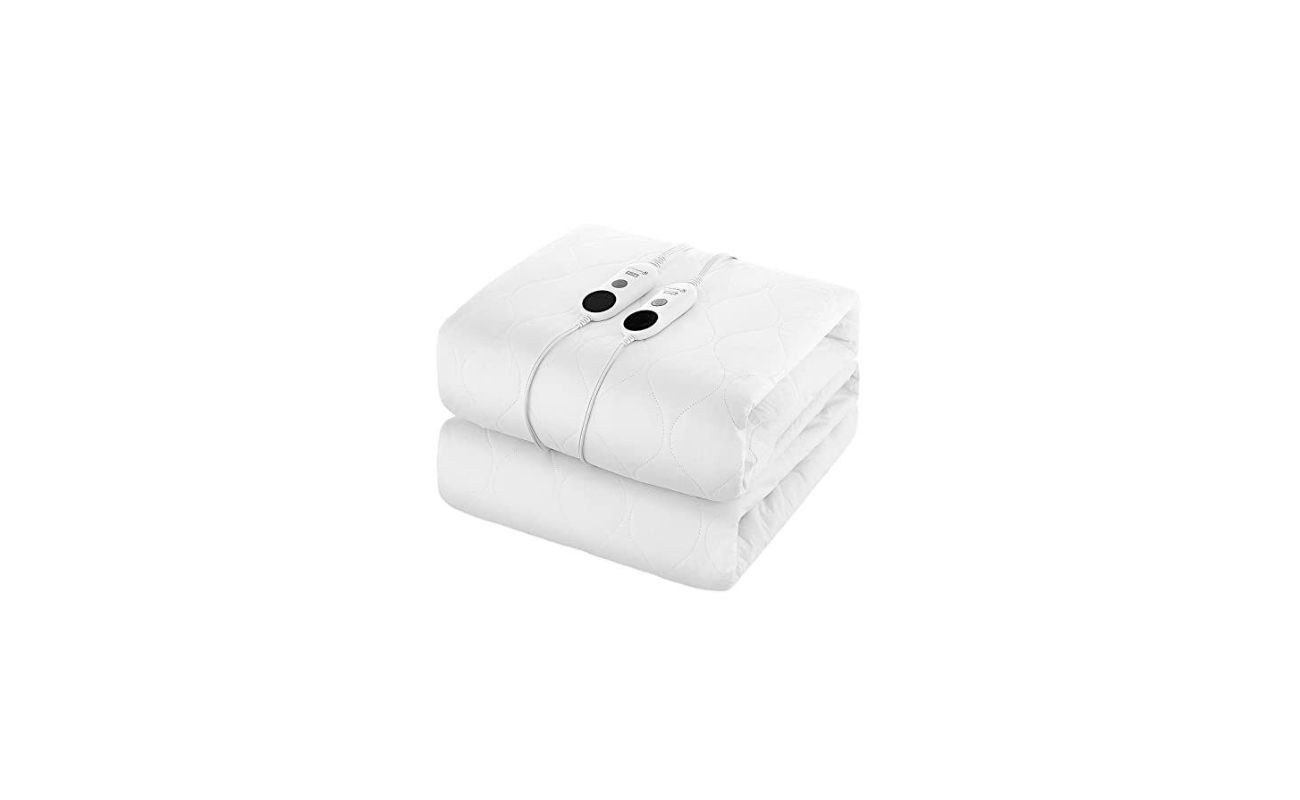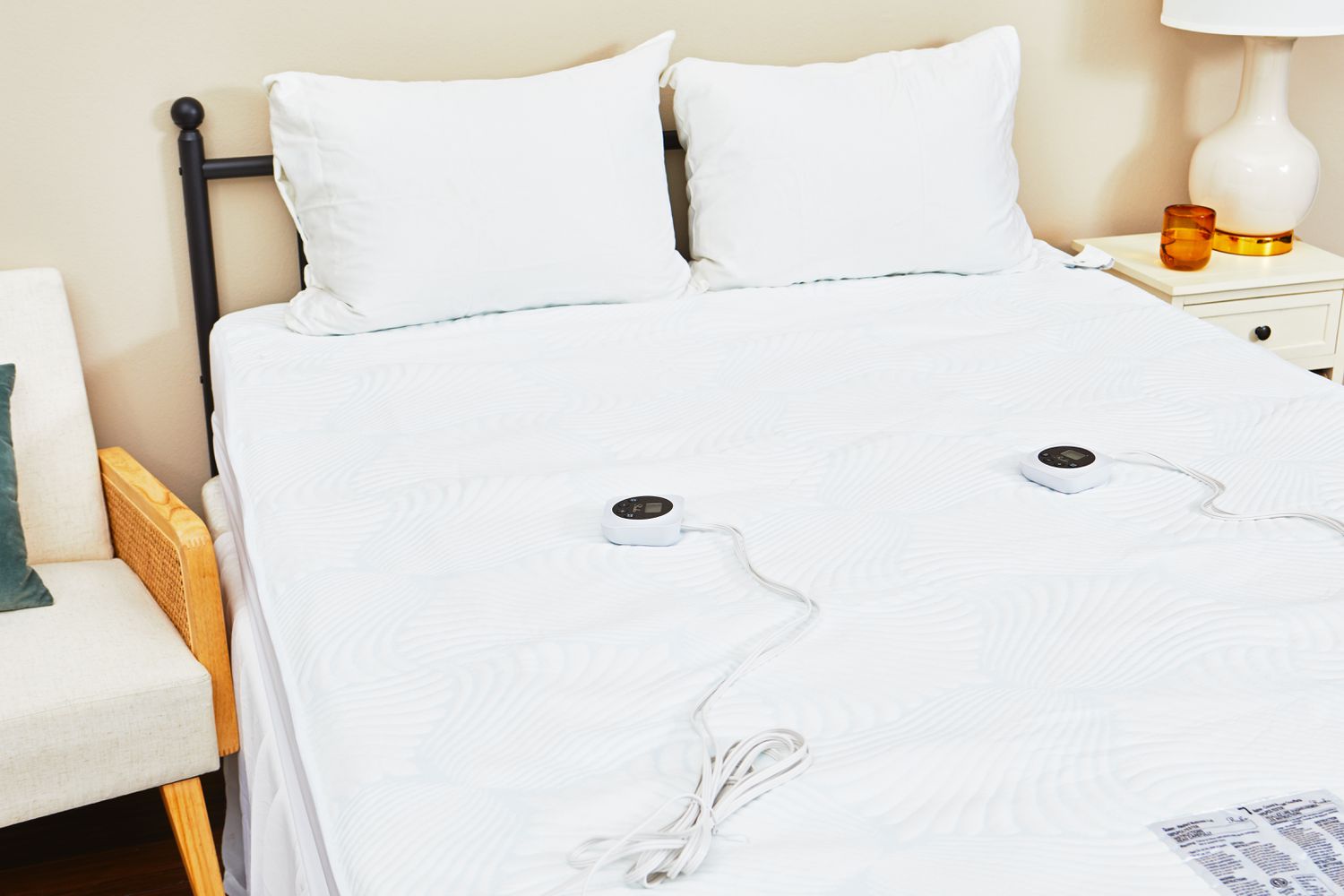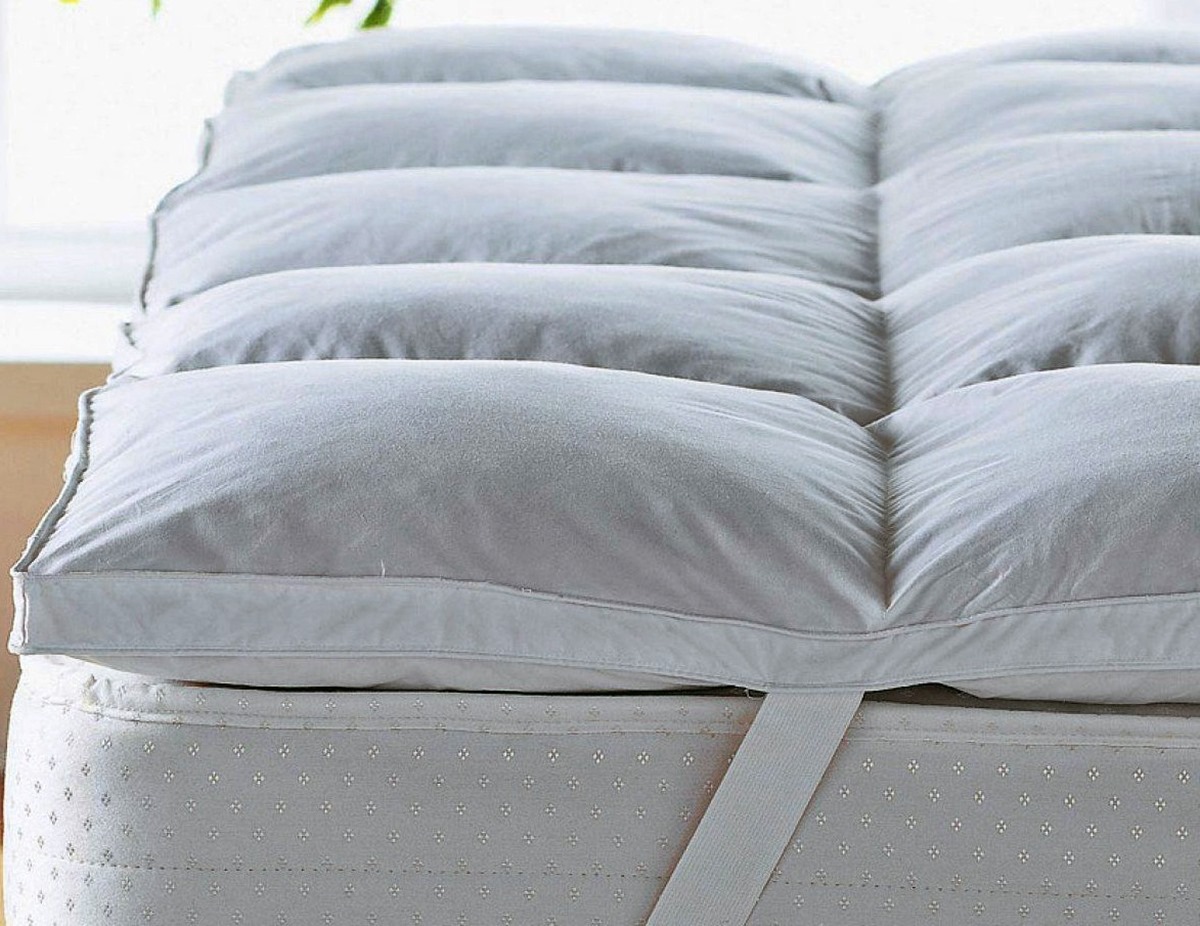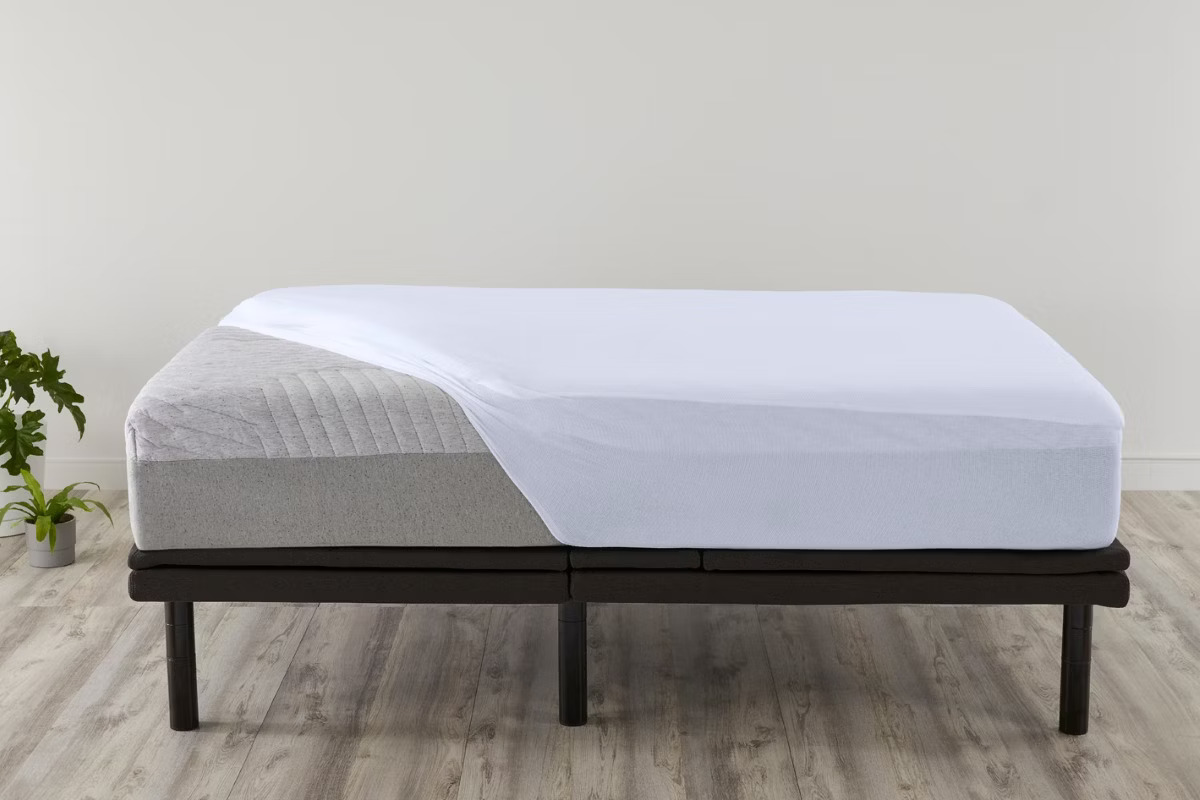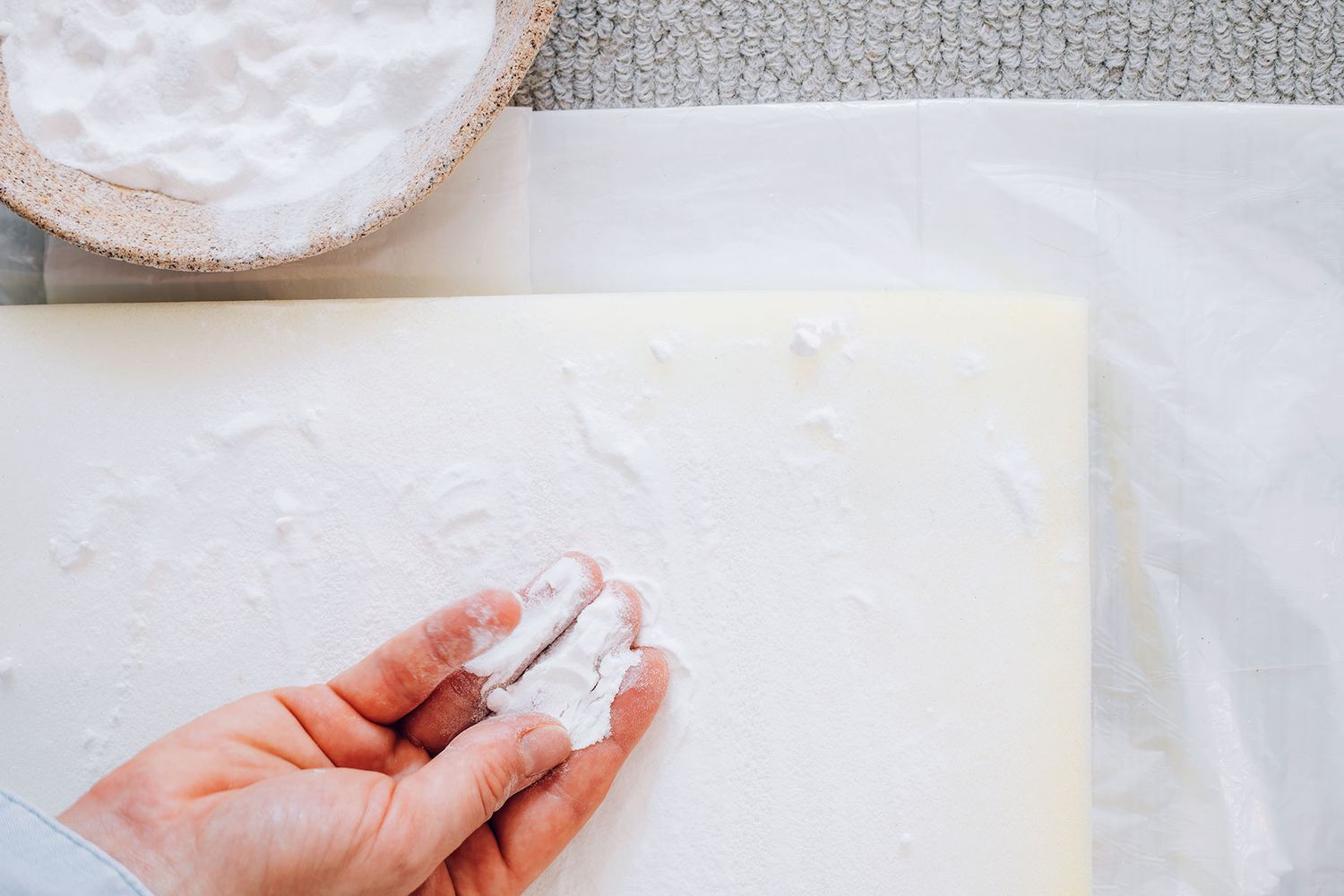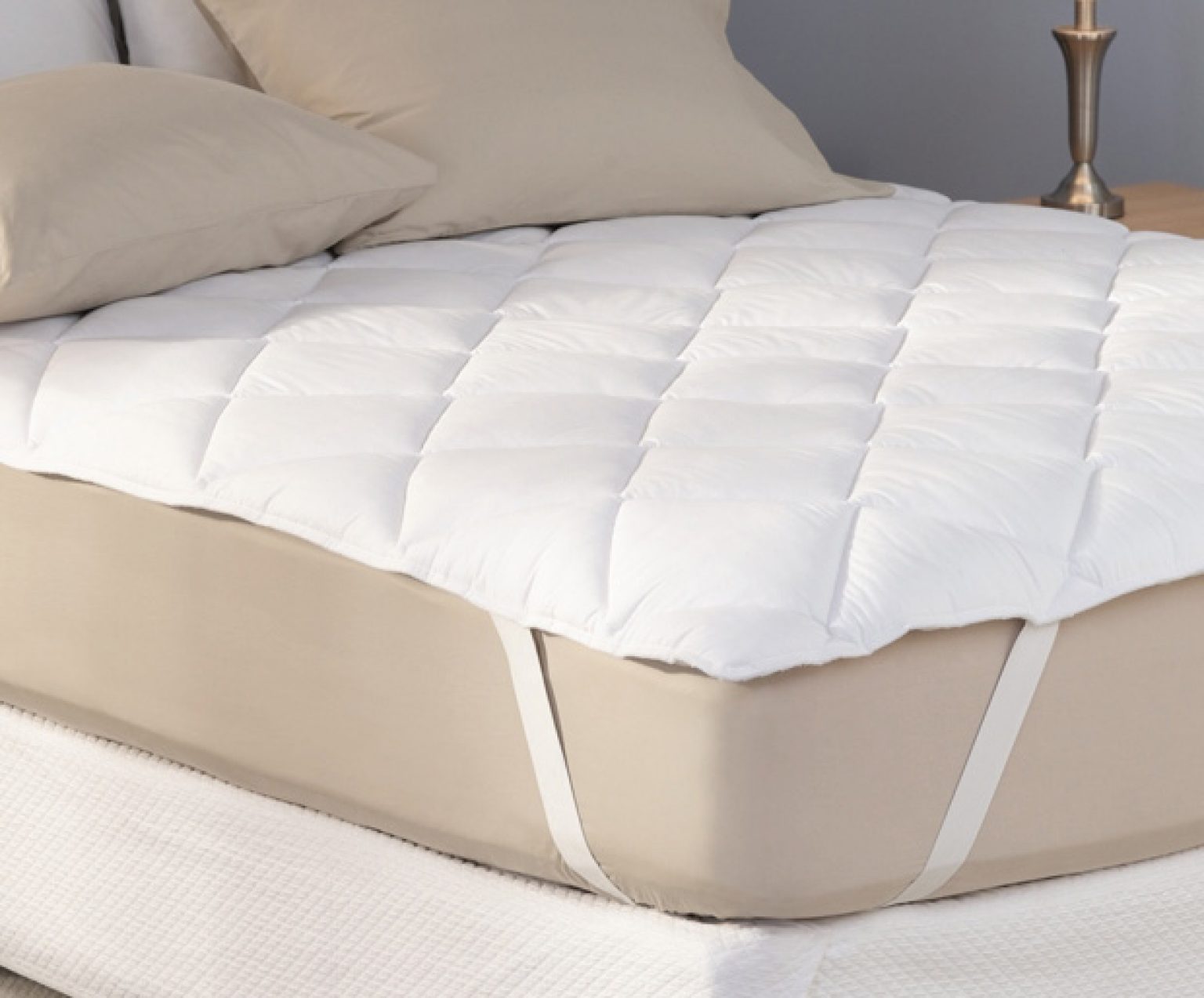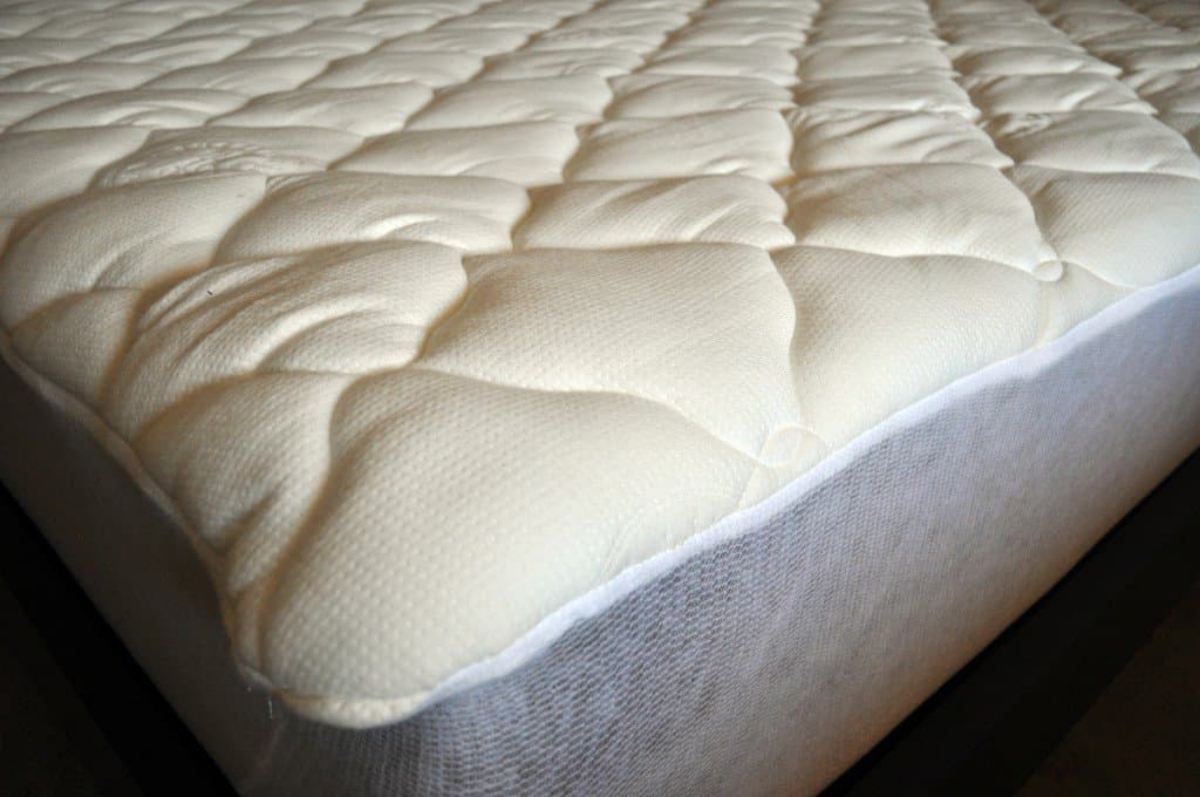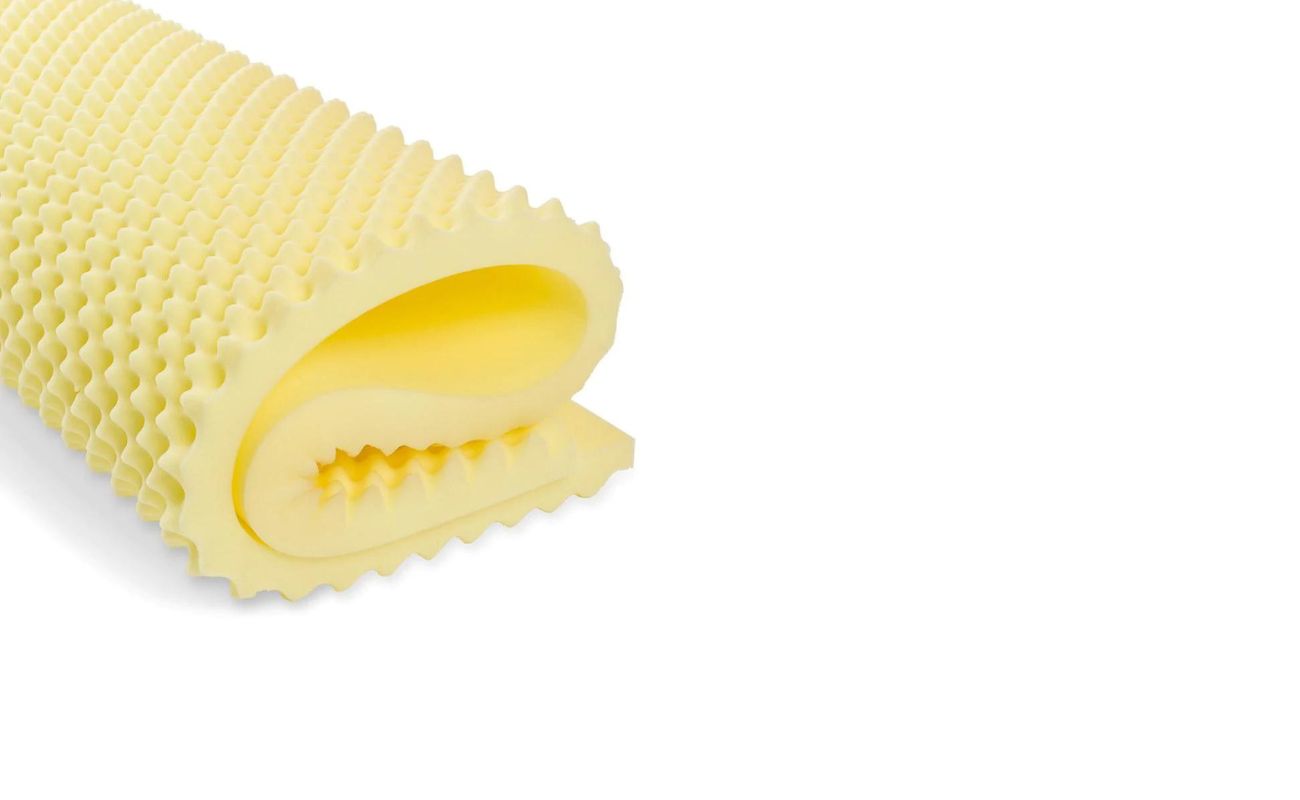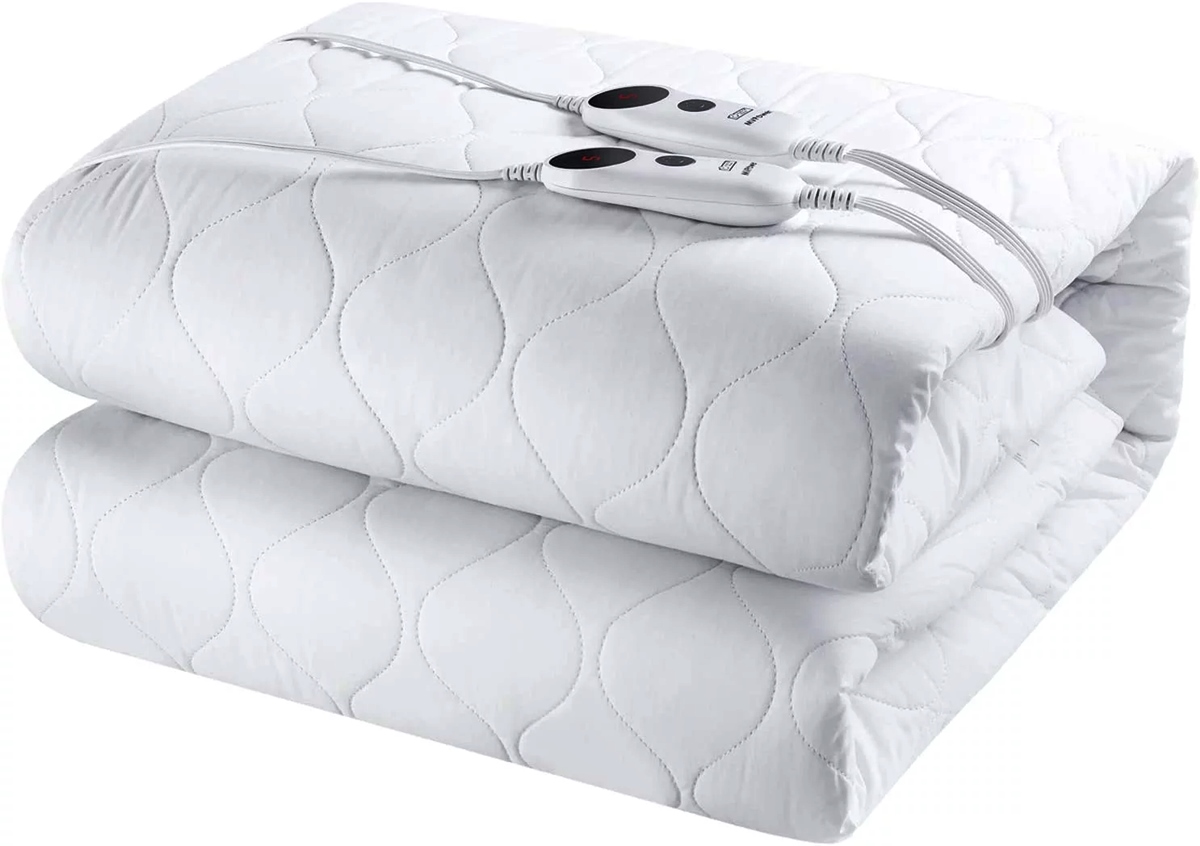Home>Furniture>Bedroom Furniture>How To Wash A Mattress Pad
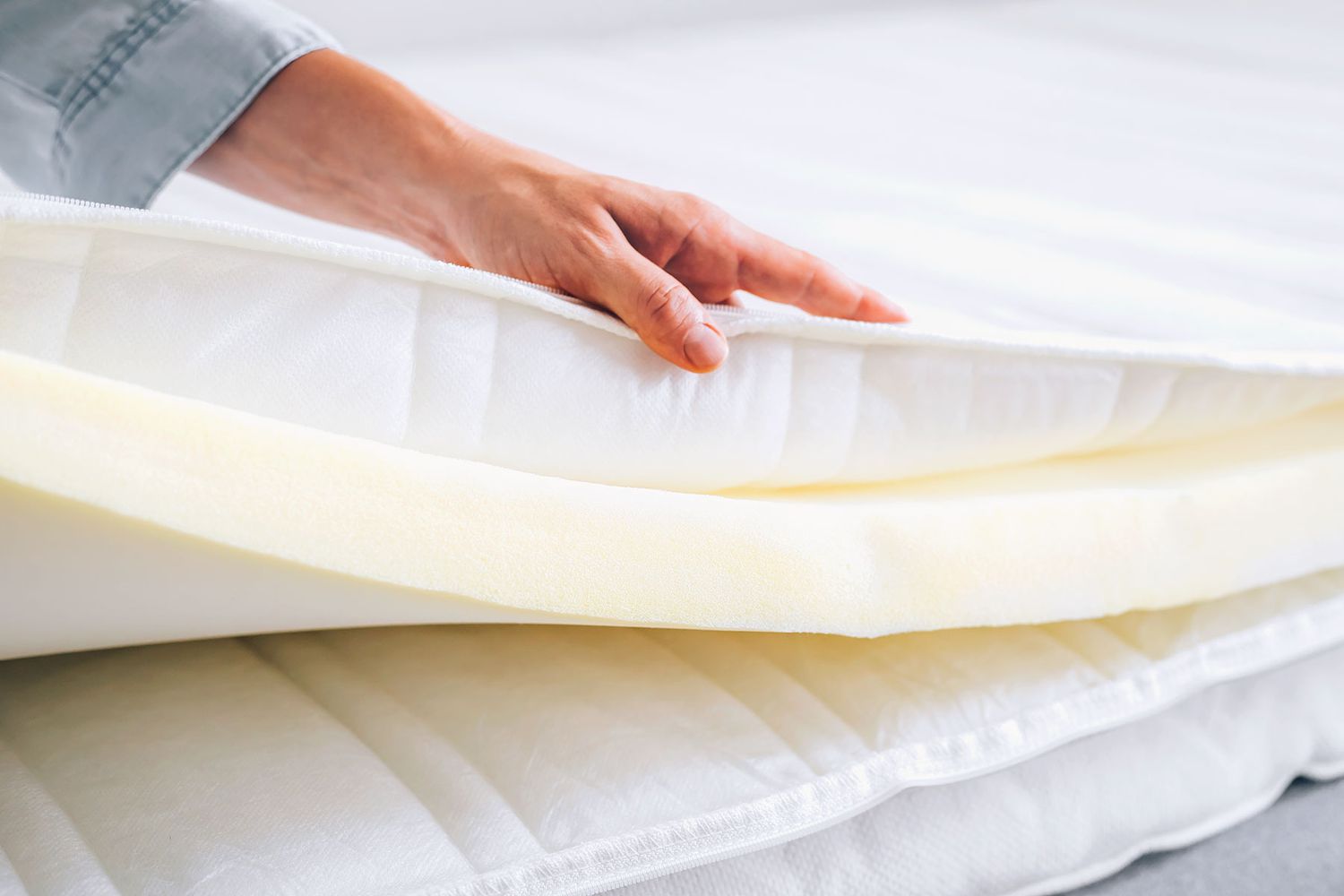

Bedroom Furniture
How To Wash A Mattress Pad
Modified: April 22, 2024
Learn the right way to wash a mattress pad in your bedroom. Follow our simple steps to keep your bedroom furniture clean and fresh.
(Many of the links in this article redirect to a specific reviewed product. Your purchase of these products through affiliate links helps to generate commission for Storables.com, at no extra cost. Learn more)
Introduction
Welcome to our guide on how to wash a mattress pad! Mattress pads are a wonderful addition to any bed, providing an extra layer of comfort and protection. However, over time, they can accumulate dirt, sweat, and stains. To ensure that your mattress pad stays clean and fresh, regular cleaning is essential.
In this article, we will walk you through the step-by-step process of washing a mattress pad. Whether you have a foam mattress pad, a cotton mattress pad, or any other type, these cleaning tips will help you keep your bed in top condition. So, grab your cleaning supplies and let’s get started!
Key Takeaways:
- Regularly cleaning your mattress pad is crucial for maintaining a hygienic and comfortable sleeping environment, extending the life of your mattress, and ensuring a more restful night’s sleep.
- Whether hand washing or machine washing, pre-treating stains, or air drying, each step in the mattress pad cleaning process plays a crucial role in maintaining its integrity and lifespan.
Read more: How To Use A Mattress Pad
Step 1: Remove the Mattress Pad from the Bed
The first step in washing a mattress pad is to remove it from the bed. This allows you to have better access to clean the pad thoroughly. Depending on the type of mattress pad, it may be held in place by elastic bands or fitted corners.
Start by lifting the corners of the mattress pad and gently pulling it away from the mattress. If there are elastic bands, carefully stretch them over the edges of the mattress to release the pad. Take your time to avoid tearing or damaging the pad.
Once the mattress pad is completely detached, lay it flat on a clean surface. It’s a good idea to choose an area with plenty of space to work and spread out the pad completely. This will make the cleaning process easier and more efficient.
Before proceeding to the next step, take a moment to inspect the mattress pad for any visible stains or spots. Note their location and make a mental or written note to pre-treat them later in the cleaning process. This will ensure that any stubborn stains are properly addressed to achieve the best results.
Step 2: Check the Care Instructions
After removing the mattress pad from the bed, it’s important to check the care instructions provided by the manufacturer. Different types of mattress pads may require specific cleaning methods to maintain their quality and prolong their lifespan.
Look for a care label attached to the mattress pad, usually located along the seam or on the tag. The care label will provide valuable information on how to clean the mattress pad safely. It may indicate whether the pad is machine washable, hand wash only, or if it requires dry cleaning.
If the care label is missing or unclear, refer to the manufacturer’s website or contact their customer service for guidance. It’s crucial to follow the recommended care instructions to avoid damaging the mattress pad during the cleaning process.
Keep in mind that some mattress pads may have specific requirements, such as using a gentle cycle or avoiding the use of certain cleaning products. Carefully read the instructions to ensure that you maintain the integrity and quality of the mattress pad.
By checking the care instructions before proceeding, you can ensure that you choose the appropriate cleaning method for your specific mattress pad. This will help you avoid any potential damage and ensure that your mattress pad remains in excellent condition for years to come.
Step 3: Pre-Treat Stains (If Necessary)
If you notice any stains or spots on your mattress pad during the inspection, it’s important to pre-treat them before washing. Pre-treating stains can help loosen and remove them more effectively, resulting in a cleaner mattress pad.
Start by identifying the type of stain on the mattress pad. Common stains include sweat, body oils, food, or beverage spills. Different stains may require different pre-treatment methods.
For general stains, you can create a simple DIY stain remover by mixing equal parts of liquid dish soap and warm water. Apply a small amount of the stain remover to a clean cloth or sponge and gently blot the stained area. Avoid rubbing vigorously as it may spread the stain further.
If you’re dealing with a particularly stubborn stain, you can try using a specialized stain remover designed for fabric. Always follow the instructions on the stain remover product and test it on a small, inconspicuous area of the mattress pad before applying it to the stain.
Allow the pre-treatment solution to sit on the stain for a few minutes to penetrate the fabric. This will help break down the stain and make it easier to remove during the washing process.
After pre-treating the stains, check if they have lightened or disappeared. If there are still remnants of the stain, you can repeat the pre-treatment process or move on to the next step of washing the mattress pad.
Remember, it’s essential to pre-treat the stains before washing to ensure that they are effectively removed. This will help maintain the cleanliness and appearance of your mattress pad.
To wash a mattress pad, start by checking the care label for specific instructions. Generally, it’s best to machine wash on a gentle cycle with mild detergent and tumble dry on low heat. Adding a few tennis balls to the dryer can help fluff up the pad.
Step 4: Hand Wash or Machine Wash
Once you have pre-treated any stains, it’s time to decide whether to hand wash or machine wash your mattress pad. The cleaning method will depend on the care instructions and the type of mattress pad you have.
If the care instructions recommend hand washing, fill a bathtub or a large basin with warm water. Add a mild detergent specifically meant for delicate fabrics and stir the water to create suds. Submerge the mattress pad in the soapy water and gently agitate it to ensure thorough cleaning.
Using your hands, lightly scrub any areas that need extra attention, such as stained spots or heavily soiled areas. Be gentle to avoid damaging the fibers of the mattress pad. Once you’re satisfied with the cleanliness, drain the soapy water and refill the tub or basin with clean water for rinsing.
Dip the mattress pad into clean water and gently squeeze out any excess soap. Continue rinsing until the water runs clear, indicating that all the detergent has been removed. Avoid twisting or wringing the mattress pad as it may cause it to lose its shape or tear.
If your mattress pad is machine washable, place it in the washing machine. Use a gentle cycle with cold or warm water, based on the care instructions. Add a mild detergent specifically formulated for delicate fabrics. Avoid using chlorine bleach or harsh chemicals as they can damage the mattress pad.
Ensure that the mattress pad has enough space to move around freely in the washing machine. If the pad is large or bulky, it’s recommended to wash it separately to prevent any damage to the machine or other items.
Once the washing cycle is complete, remove the mattress pad from the machine or bathtub and gently squeeze out any excess water. Avoid twisting or wringing it as this can cause damage. Proceed to the next step to dry the mattress pad properly.
Read more: How To Store A Mattress Pad
Step 5: Dry the Mattress Pad
After washing your mattress pad, it’s crucial to dry it thoroughly to prevent mold, mildew, and odors. The drying method will depend on the care instructions provided by the manufacturer.
If the care instructions allow for machine drying, place the mattress pad in the dryer on a low heat setting. Add a few clean, dry towels or dryer balls to help fluff and evenly distribute the padding. Avoid using high heat as it may damage the fabric or cause shrinking.
Check the mattress pad periodically during the drying process to ensure that it’s drying evenly and effectively. If the pad feels damp or takes longer to dry, continue drying it until it’s completely dry to the touch.
If machine drying is not recommended, you can air dry the mattress pad. Lay it flat on a clean surface or hang it up using a clothesline or drying rack. Make sure the area has good air circulation to aid in the drying process.
Rotate the mattress pad occasionally to promote even drying. Depending on the weather conditions and the thickness of the pad, air drying may take anywhere from a few hours to a full day.
Once the mattress pad is completely dry, give it a final inspection to ensure there are no damp spots or moisture. This is important to prevent any potential damage to your mattress or the growth of mold and mildew.
If the care instructions recommend it, you can also use a fabric freshener or spray to give your mattress pad a pleasant scent before reassembling your bed.
Step 6: Reassemble the Bed
Now that your mattress pad is clean and dry, it’s time to reassemble your bed. This final step is simple but important in ensuring that your bed is comfortable and ready for a good night’s sleep.
Start by lifting the mattress and placing it back on the bed frame or box spring. Make sure it is centered properly and aligned with the bed frame edges. Smooth out any wrinkles or creases in the mattress pad as you lay it back on the mattress.
If your mattress pad has elastic corners, stretch them over the corners of the mattress to secure it in place. This will help prevent shifting or bunching of the pad while you sleep.
Next, add your fitted sheet over the mattress pad. Pull the corners of the sheet down tightly over the mattress to ensure a snug fit. Smooth out any wrinkles or lumps for a neat appearance.
If you use additional layers, such as a flat sheet or blankets, place them on top of the fitted sheet and tuck them neatly under the edges of the mattress. Arrange your pillows, duvet, or comforter to complete the look and make your bed inviting.
Take a moment to step back and admire your freshly cleaned and reassembled bed. Not only will you sleep in a clean and comfortable environment, but you’ll also extend the life of your mattress by protecting it with a mattress pad.
Remember to regularly clean and wash your mattress pad to maintain its freshness and cleanliness. Follow the care instructions and consider rotating the pad periodically to distribute wear evenly.
With these simple steps, you can enjoy a clean and cozy bed every night, knowing that your mattress pad is free from dirt, stains, and odors.
Conclusion
Cleaning your mattress pad is an important part of maintaining a hygienic and comfortable sleeping environment. By following these steps, you can effectively wash your mattress pad and ensure it remains fresh and clean for years to come.
Remember to always check the care instructions provided by the manufacturer to determine the best cleaning method for your specific mattress pad. Whether hand washing or machine washing, pre-treating stains, or air drying, each step plays a crucial role in maintaining the integrity and lifespan of your mattress pad.
Regularly cleaning your mattress pad not only helps to remove dirt, sweat, and stains, but it also helps to extend the life of your mattress. With a clean and well-maintained mattress pad, you can enjoy a more comfortable and healthier sleeping experience.
So, take the time to give your mattress pad the attention it deserves. By following these steps and incorporating regular cleaning into your routine, you can sleep easy knowing that your bed is fresh, clean, and ready to provide you with a restful night’s sleep.
Frequently Asked Questions about How To Wash A Mattress Pad
Was this page helpful?
At Storables.com, we guarantee accurate and reliable information. Our content, validated by Expert Board Contributors, is crafted following stringent Editorial Policies. We're committed to providing you with well-researched, expert-backed insights for all your informational needs.
